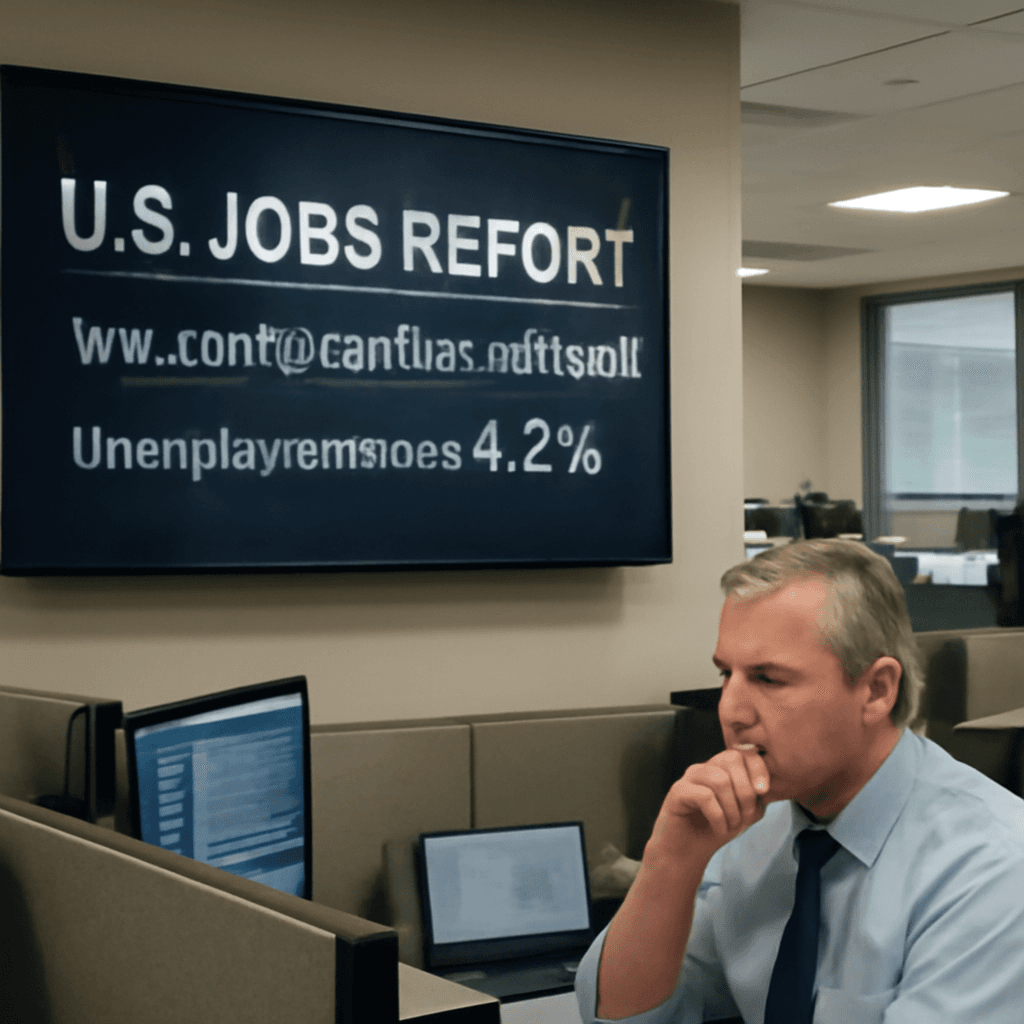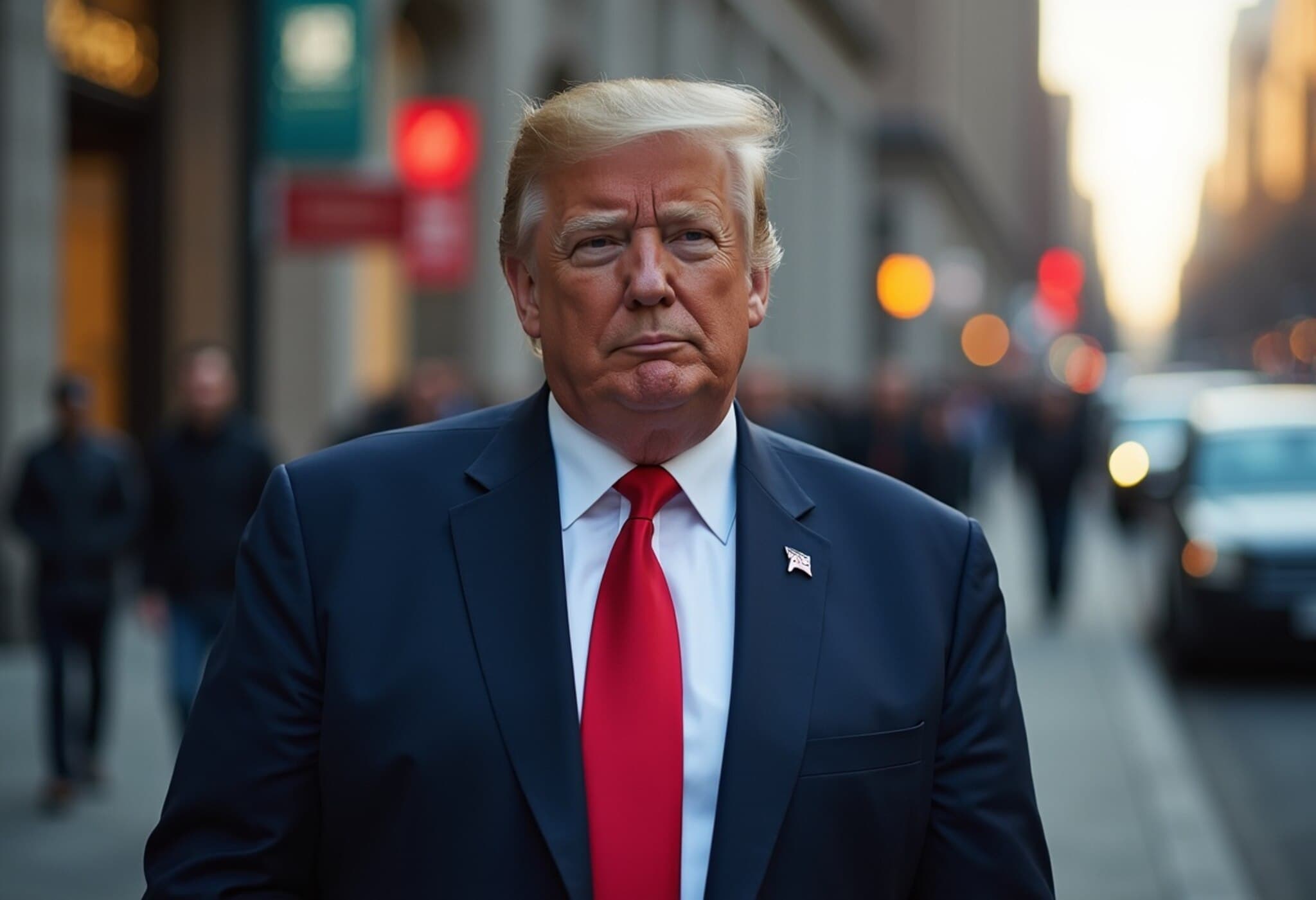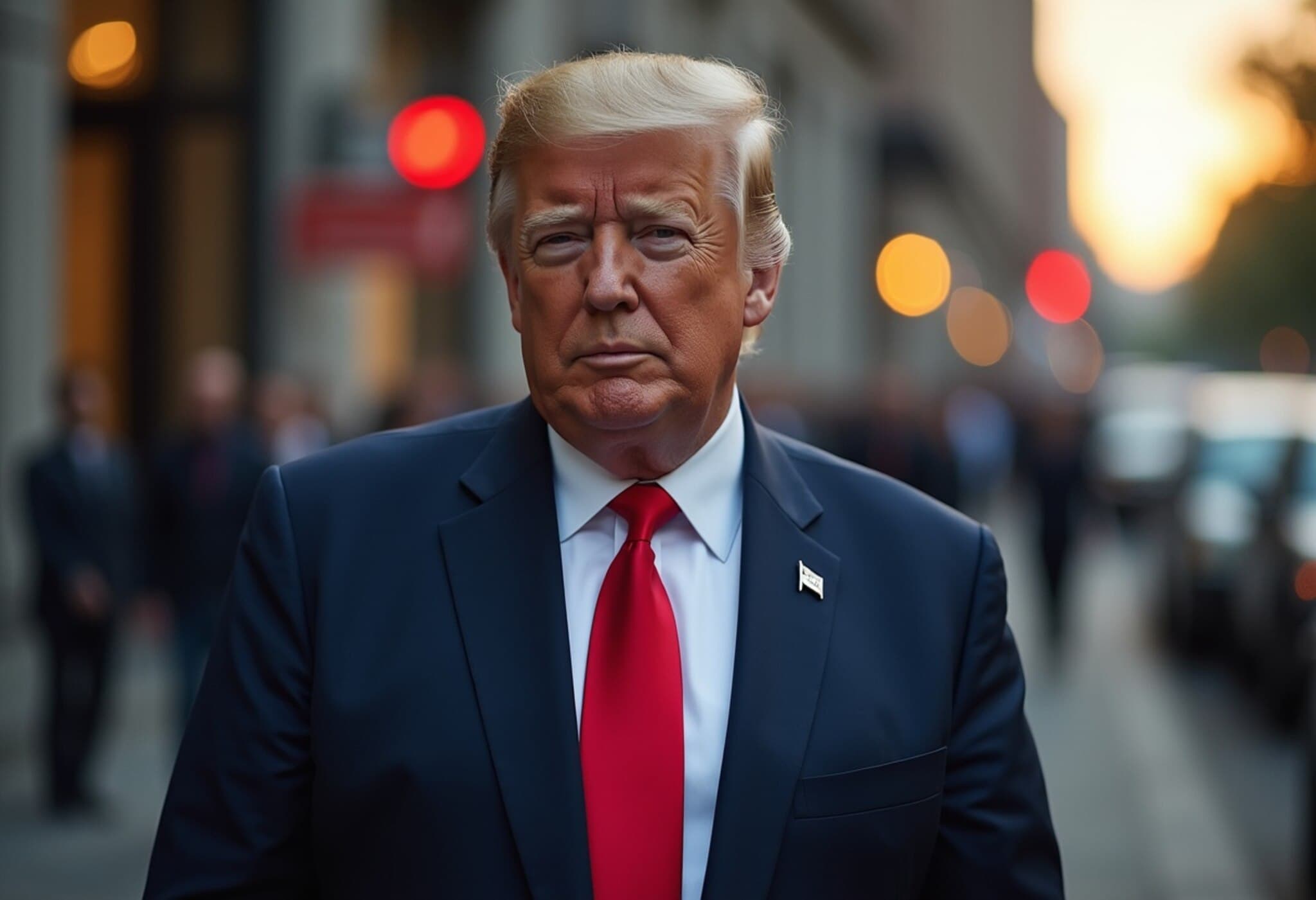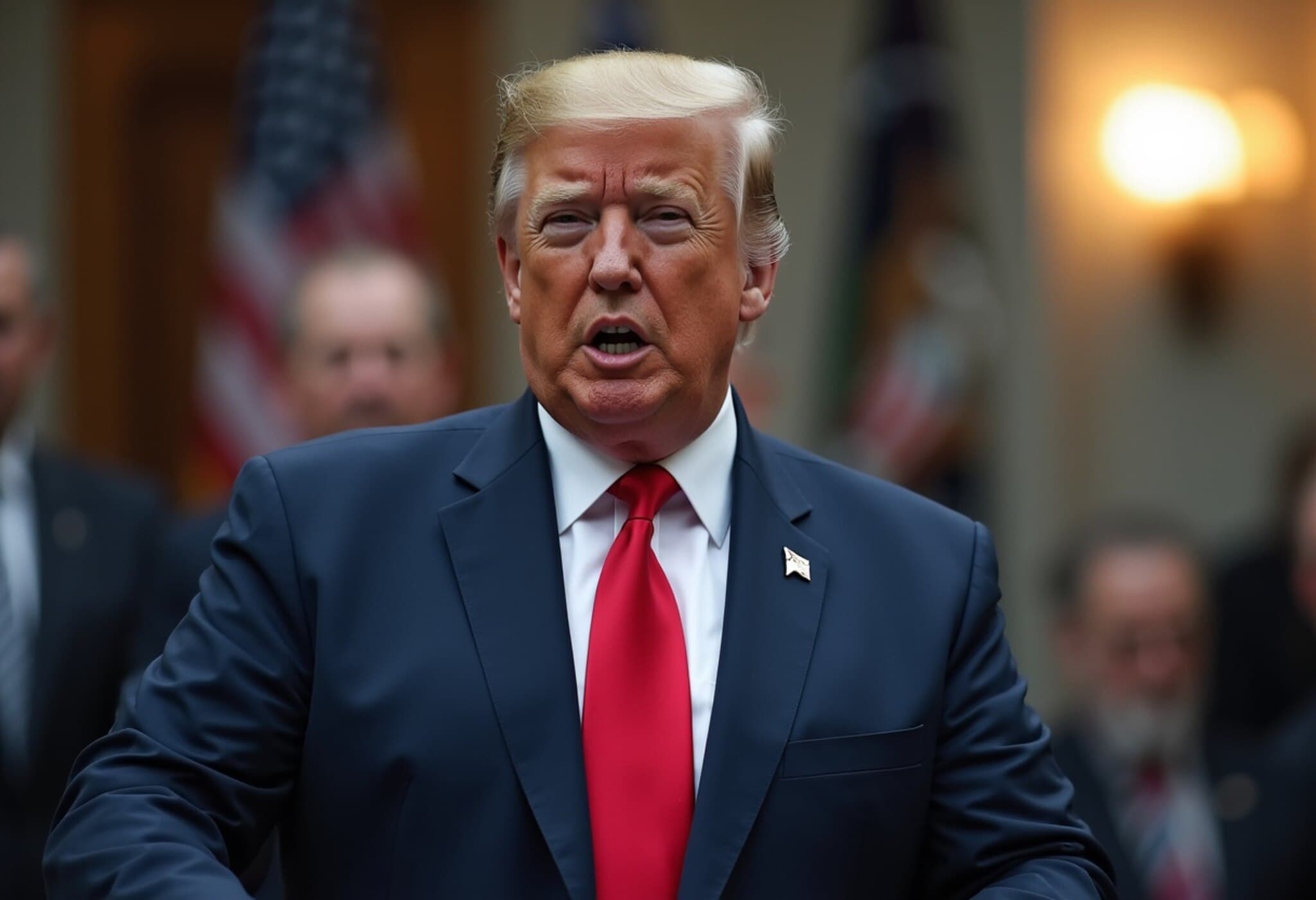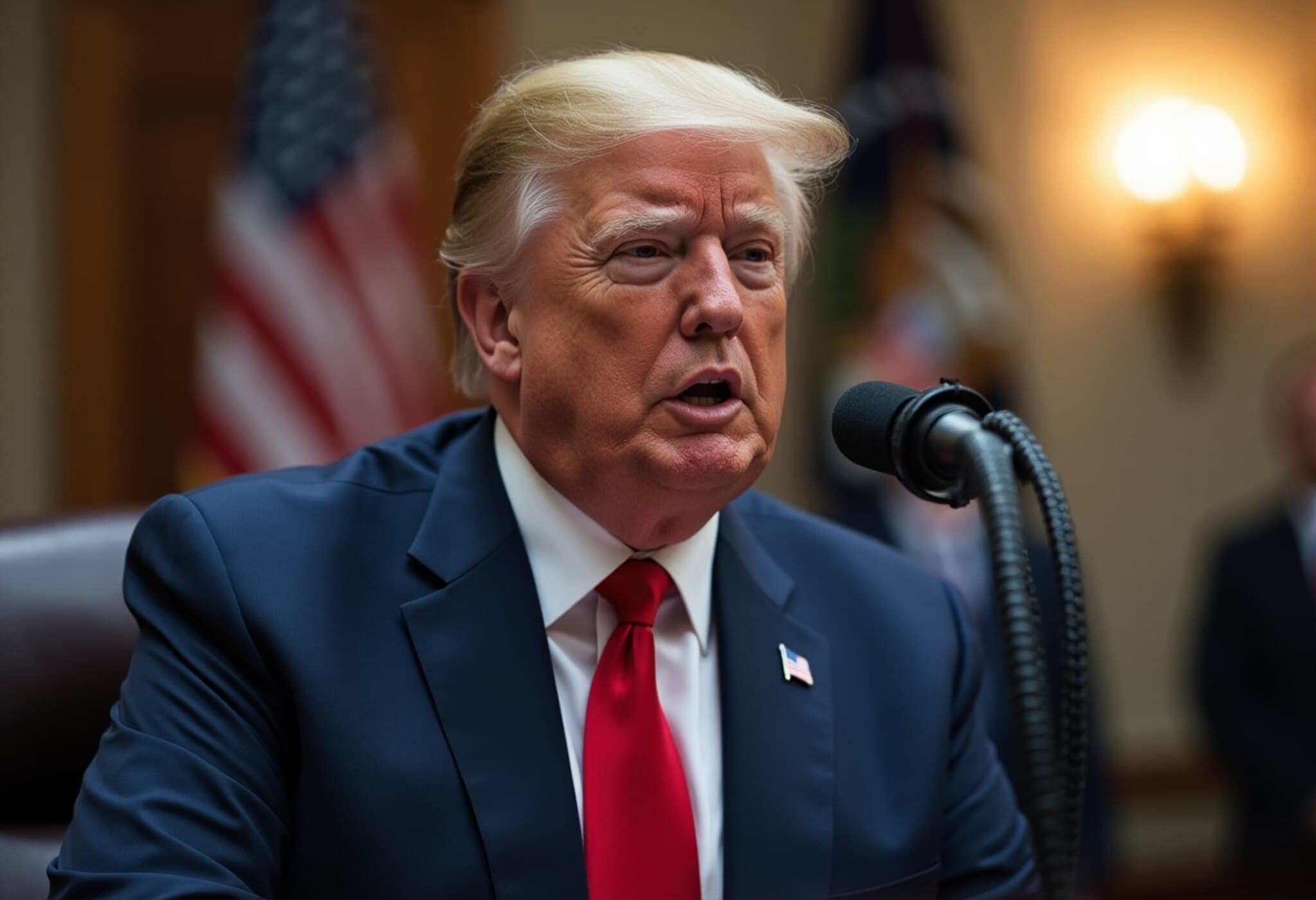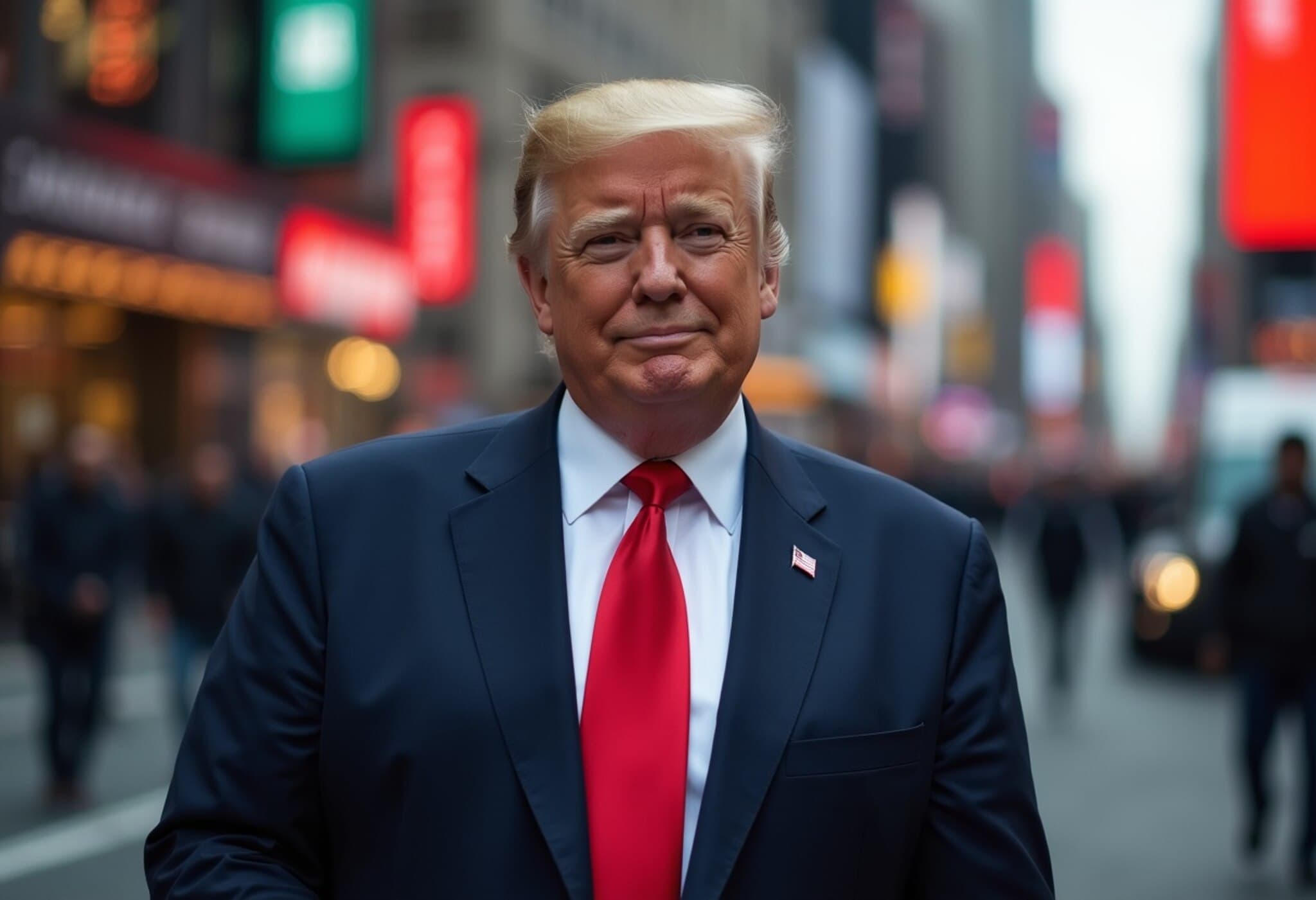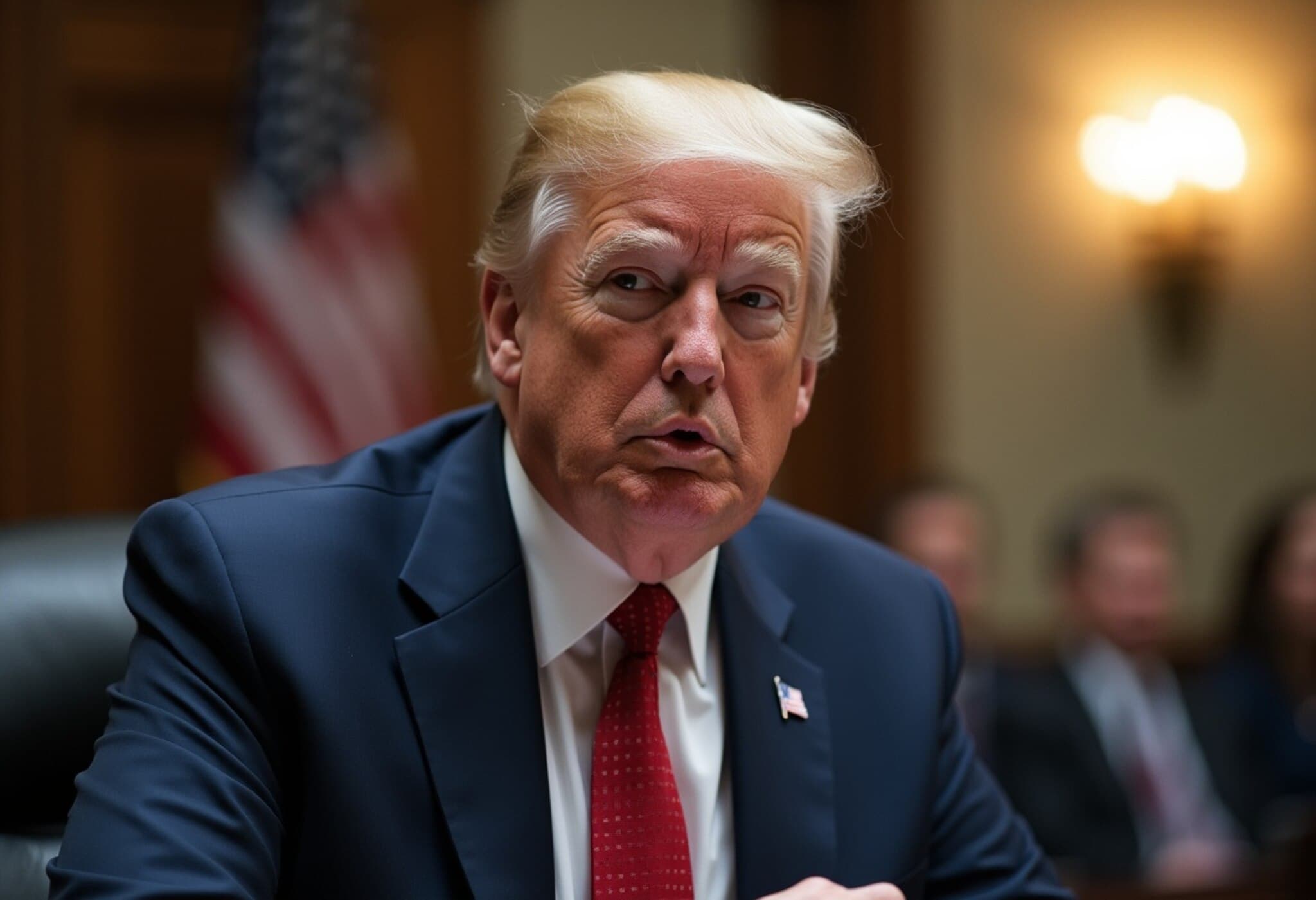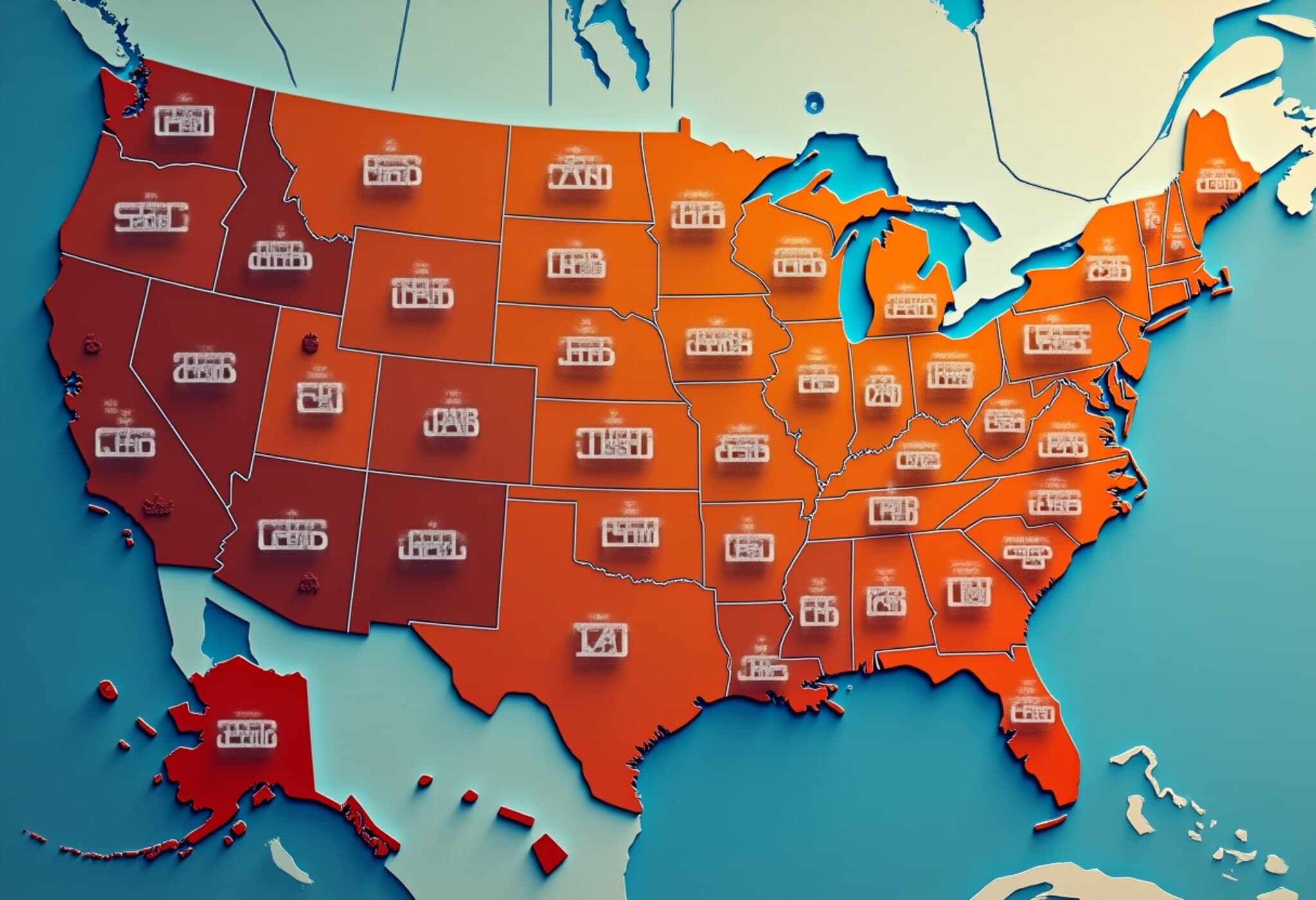US Jobs Market Faces Setbacks Amid Political Turmoil
The US labor market showed signs of strain as recent job growth figures were revised downward, igniting heated political controversy and rattling financial markets. The Bureau of Labor Statistics (BLS) cut 258,000 jobs combined from May and June payroll numbers, prompting President Donald Trump to dismiss BLS Commissioner Erika McEntarfer in a highly irregular move that many viewed as politically motivated.
Significant Job Revisions Trigger Political Fallout
The revised payroll data painted a weaker picture of the US employment landscape, with nonfarm payrolls increasing by only 73,000 in July, considerably less than the anticipated 100,000 jobs predicted by economists. The unemployment rate edged higher by 0.1 percentage points to 4.2%.
In response, President Trump took to his social media platform Truth Social to accuse Commissioner McEntarfer of political bias and manipulating employment data ahead of elections. This unprecedented firing drew swift bipartisan criticism:
- Senator Ron Wyden (D-OR) accused the president of attempting to "cook the books" to paint a rosier economic picture.
- Senator Rand Paul (R-KY) cautioned that firing statisticians would not magically improve numbers.
Such actions evoke similarities to authoritarian tactics observed internationally, notably in China’s past handling of unemployment statistics, where inconvenient data was reportedly suppressed.
Market Reactions Reflect Growing Economic Uncertainty
The stock market swiftly responded to the disappointing jobs report and the abrupt firing. On the following Friday, the major US indices experienced their worst losses in months, with the S&P 500 dropping 1.6%—its sharpest move breaking a 26-day streak of low volatility. The Dow Jones and Nasdaq also took hits, signaling investor anxiety about the economic trajectory.
Adding to the economic pressure, new tariffs scheduled to take effect on August 7 could further disrupt hiring by increasing operational costs and uncertainty for US companies.
Global Spotlight: EV Industry and Emerging Technologies
BYD Reports First Delivery Decline in 2025
China’s largest electric vehicle manufacturer, BYD, posted its first monthly sales decline this year, delivering 341,030 units in July, down from previous months. Other domestic competitors in the EV sector also reported similar month-over-month decreases, signaling potential headwinds in China’s EV market during 2025.
Robotaxis Shift From Concept to Reality
Advanced autonomous vehicle technology is no longer futuristic; robotaxis are operational across multiple regions. In the US, Waymo is leading market deployment, while several firms provide robotaxi services in China’s major urban centers. Industry analysts are closely monitoring which companies will dominate this emerging mobility sector, which promises to reshape urban transportation and labor markets.
Asia Highlights: Singapore’s Surging Equity Market
Singapore’s stock market has surprised many by rallying sharply, with the Straits Times Index up nearly 10% year-to-date in 2025. Outperforming major US and regional benchmarks, this resurgence defies typical end-of-cycle equity behavior and has caught the attention of banks and investors who forecast further upside.
Expert Insights and Broader Implications
The fallout from labor data revisions and political interventions raises critical concerns about transparency and data integrity in US economic reporting. Labor statistics serve as a cornerstone for policymaking, investor confidence, and public trust. Politicizing these agencies risks undermining the credibility of indispensable economic indicators and could deter evidence-based policy responses during uncertain times.
Furthermore, the intersection of labor market struggles, trade tensions, and technological shifts presents a complex landscape. Policymakers must navigate these challenges carefully to bolster sustainable employment growth while fostering innovation in sectors like EV manufacturing and autonomous transportation.
Looking Ahead
With new tariffs imminent and the labor market showing signs of weakness, questions loom about the resilience of the US economy heading into the final quarter of 2025. Will political upheaval within federal agencies impair economic outlooks? Can emerging technology sectors compensate for traditional manufacturing and service declines? These are pivotal inquiries for economists, investors, and citizens alike.
Editor’s Note
This evolving story underscores the fragile balance between economic data integrity and political influence in the US. The revision of jobs data and the firing of a federal statistician serve as a cautionary tale about the crucial role of independent institutions in maintaining trust and guiding informed decision-making. As the US navigates trade challenges and technological transformation, preserving transparency and rigor in economic reporting remains paramount.


